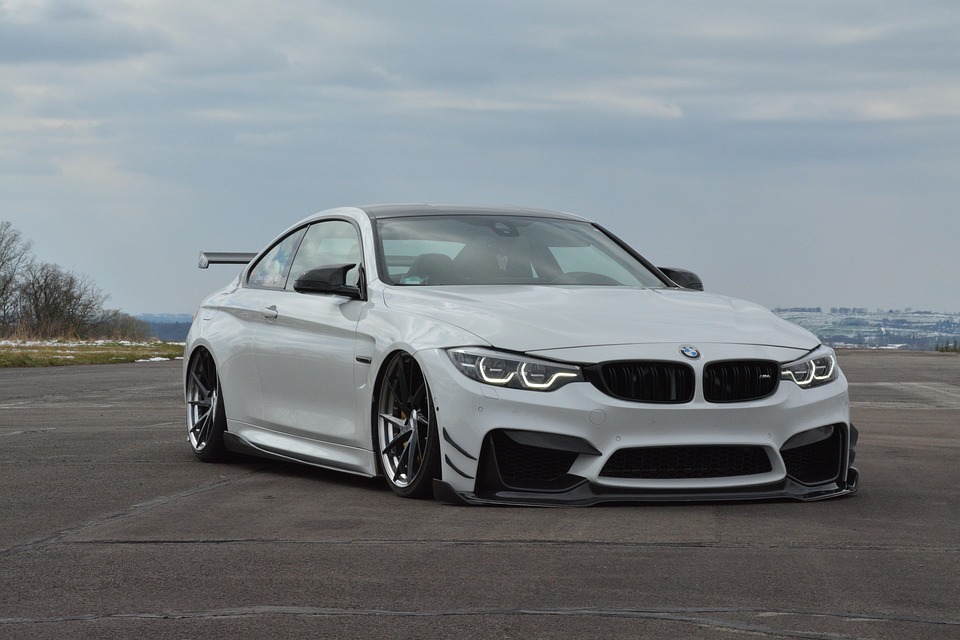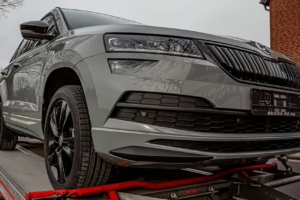The Evolution of BMW: From Classic Models to Cutting-Edge Technology
BMW, or Bayerische Motoren Werke AG, has cemented its place as one of the most prestigious automakers in the world. Since its founding in 1916, the company has undergone significant transformations, evolving from producing aircraft engines to manufacturing luxury automobiles known for their performance, engineering, and technological innovation. This article explores the journey of BMW through the decades, highlighting the iconic models that defined the brand and the advanced technologies that pave the way for its future.
The Beginnings (1916-1930)
Established in Munich, Germany, BMW initially focused on aircraft engines during World War I. After the war, the Treaty of Versailles restricted Germany from producing military aircraft, forcing BMW to adapt. In 1923, the company launched its first motorcycle, the R32, which featured a flat-twin engine and shaft drive—characteristics that would become staples of BMW’s engineering philosophy.
In 1928, BMW began manufacturing automobiles with the 3/15 model, a small car that cemented its reputation in the automotive industry. By the 1930s, the company was releasing more refined models, such as the BMW 328, which became famous for its sporty performance and design. The 328 won numerous races, solidifying BMW’s dedication to performance and marking its entry into the world of motorsport.
Post-War Renaissance (1945-1960)
The end of World War II brought about significant challenges for BMW. The company faced disarray and a shift in production priorities. For several years, it was primarily involved in manufacturing household products and bicycles. However, in the late 1940s, BMW returned to automobile manufacturing with the release of the BMW 501, known as the "Baroque Angel" for its elegant design.
The 1950s heralded BMW’s return to the luxury car segment, introducing the elegant BMW 503 and the sporty BMW 507, which attracted celebrities and affluent customers. These models helped reestablish the brand’s reputation for premium-quality vehicles. The introduction of the BMW 700 in the late 1950s also made waves, as it was a more affordable option that appealed to a broader market.
The Birth of the "Ultimate Driving Machine" (1960-1980)
The 1960s marked a turning point in BMW’s history. The introduction of the 1500 sedan in 1961 created a new segment known as the "Neue Klasse" (New Class) of sports sedans. This model and its successors, such as the BMW 1600 and 2002, helped revitalize the brand and laid the groundwork for what would become the company’s defining brand ethos: the "Ultimate Driving Machine."
The 1970s saw the introduction of iconic models including the BMW 3 Series, 5 Series, and 7 Series, which defined the segments of compact, mid-size, and full-size luxury sedans, respectively. These models combined performance, luxury, and practicality and became synonymous with the BMW brand identity. The company also entered motorsport with its famous 3.0 CSL, achieving tremendous success on the track and enhancing BMW’s sporty image.
Embracing Innovation (1980-2000)
As the automotive landscape evolved, so did BMW’s approach to engineering and technology. The launch of the BMW M division in the early 1980s signified a serious commitment to performance-oriented vehicles with the introduction of models like the M1 and later the M3 and M5. These vehicles highlighted the brand’s performance pedigree and solidified BMW’s reputation in the high-performance automotive sector.
The introduction of the BMW 7 Series in 1977 began a tradition of technological innovation in luxury vehicles, introducing features like the first onboard computer in a production car. The 1980s and 1990s ushered in an era of advanced engineering—BMW pioneered the use of lightweight materials, refined fuel injection systems, and high-performance engines that created a seamless blend of power and efficiency.
The New Millennium: Sustainability and Connectivity (2000-Present)
Entering the 21st century, BMW recognized the importance of sustainability and technology in the automotive industry. In 2001, the company launched the BMW 1 Series as its first compact hatchback, appealing to a younger demographic.
The launch of the i Series in 2011, especially models like the i3 and i8, showcased BMW’s commitment to electric mobility and sustainable driving. With cutting-edge design and innovative technology, these vehicles marked a significant shift towards eco-friendly options without compromising performance.
In recent years, BMW has increasingly focused on connectivity and automation. The introduction of the iDrive infotainment system revolutionized the way drivers interact with their vehicles, blending technology seamlessly into the driving experience. Moreover, BMW has made strides in developing autonomous driving technologies and smart vehicle features, ensuring that the brand remains at the forefront of automotive innovation.
Conclusion
BMW’s journey from a manufacturer of aircraft engines to a renowned luxury automobile producer is a testament to its adaptability, innovation, and commitment to performance excellence. As the automotive industry continues to evolve, BMW stands poised to lead the way in sustainable practices, advanced technology, and thrilling driving experiences. Embracing its storied past while looking to the future, BMW remains dedicated to the philosophy of the "Ultimate Driving Machine," beautifully marrying the classic elements that have defined it with the cutting-edge technologies of tomorrow[^1].
[^1]: Modern Footnote Source Link

























Add Comment